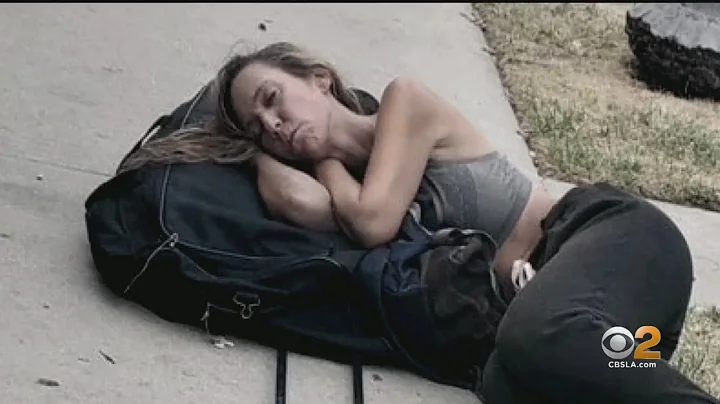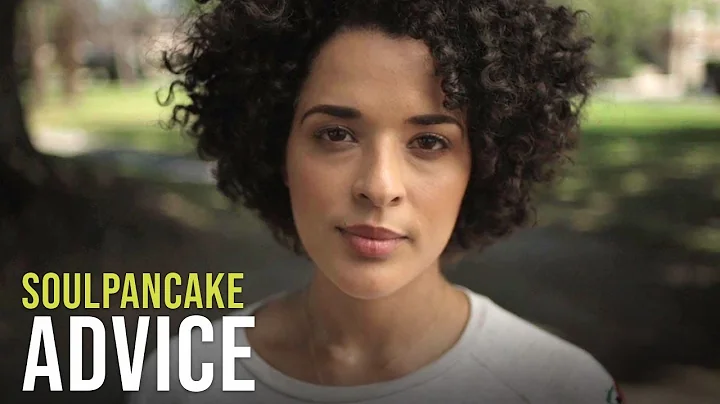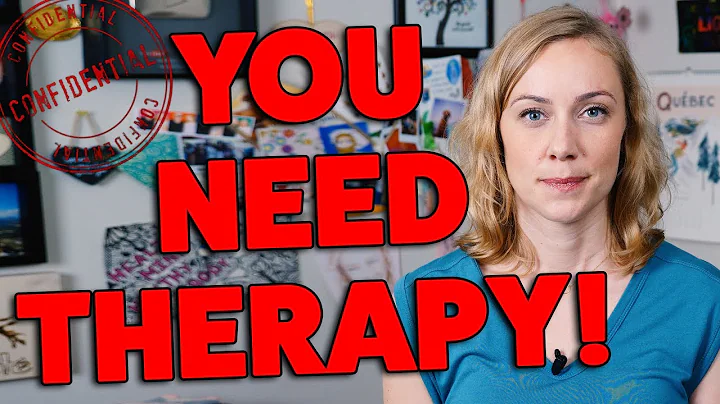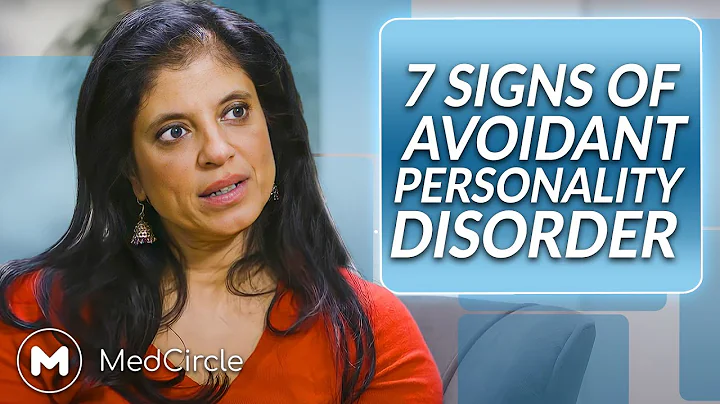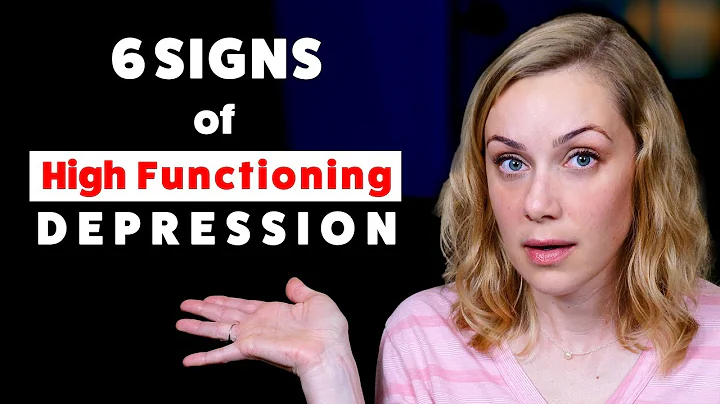
Compilation: Jack Lee
Obsessive-compulsive disorder , more and more people are familiar with and pay attention to. We have specially set up this obsessive-compulsive disorder column to briefly introduce popular science knowledge about obsessive-compulsive disorder to everyone. We hope that everyone can accumulate more popular psychology knowledge and gain a healthy spiritual life.
Obsessive-compulsive disorder (OCD) has many forms, from hoarding things, washing hands constantly, and always checking that the gas stove is off... It is an anxiety disorder that puts people in collapsed repetitive thoughts and behaviors.
According to data from the National Institute of Mental Health, about 2% of people suffer from obsessive-compulsive disorder, which is more people with other mental illnesses such as schizophrenia , bipolar disorder and panic disorder .
People may suffer from obsessive-compulsive disorder in childhood, but the most common period is in adolescence or early adulthood. Scientists believe that under the combined action of neurobiological and environmental factors, people have unwanted and invasive ideas, and also compulsive behavioral patterns that need to appease unnecessary ideas.
Although the severity of these obsessive-compulsive symptoms may gradually decrease over the years, this psychological disorder is often chronic and lasts for years, or even decades. Pharmacological and behavioral approaches, especially exposure and response prevention (ERP), have been proven to be effective treatments that allow people with obsessive-compulsive disorder to live happily and fulfilling lives.

manifestations and symptoms of obsessive-compulsive disorder
The first symptom of obsessive-compulsive disorder is obsessive-compulsive thinking. unnecessary thoughts or impulses occur time and again, with the purpose of exorcising fear, which is usually fear of harm. For example, "I will get fatal illness", or "My family will be hurt."
The second symptom is compulsive behavior, is repeated behavior, such as washing hands, locking doors, hoarding things, etc. The purpose of these behaviors is to reduce fear and reduce the threat of harm, but the effect is not lasting and those unnecessary thoughts will soon reappear.
People with obsessive-compulsive disorder may also experience motion-type twitching or repetitive movements, such as grimaces and muscle twitching.
Although patients may understand that their obsessive thoughts and obsessive behaviors are useless, this does not help them make changes. Obsessive-compulsive disorder can become very serious, which affects their work or relationships, and even makes them unable to live without their homes.

What are the diagnostic criteria for obsessive-compulsive disorder? (The content of this article is popular science and cannot be used as a reference for medical treatment)
According to DSM-5, obsessive thinking and obsessive-compulsive behavior are the two main characteristics of obsessive-compulsive disorder. Forced thinking refers to persistent, unnecessary thoughts, impulses or imaginations; these thoughts, impulses or imaginations can cause pain and the patient will try to suppress or eliminate them. Compulsive behavior is a repetitive action or psychological manifestation of an individual when dealing with compulsive thinking, with the purpose of eliminating threats or reducing pain.
In addition, compulsive thinking or compulsive behavior will definitely adversely affect daily life and will last for a long time. Compulsive thinking and compulsive behavior are not caused by other mental health conditions, nor are they caused by substance abuse. Only by meeting the above conditions can we confirm that someone has obsessive-compulsive disorder.

What is the difference between physical compulsion and psychological compulsion?
A common misunderstanding is that the compulsion state must be related to the body, , for example, repeatedly checking that the door lock is not locked properly, or you must touch your toes 20 times a day.
But the forced state can only be manifested psychologically, For example, repeating a word or a sentence in your mind, you must count the steps to see how many steps there are, or pray continuously.
The psychological compulsion in patients with obsessive-compulsive disorder is as painful as physical compulsion.However, psychological compulsion is more hidden, so people who have experienced it may not go to the hospital for relevant examinations or seek help, so their symptoms will last longer.

What are the different types of obsessive-compulsive disorder?
As the obsessive-compulsive disorder characteristic of obsessive-compulsive disorder, obsessive-compulsive behaviors will be reflected in many different aspects. The five common types of obsessive-compulsive disorder include:
1. Fear of being defiled (such as bacteria, viruses).
2. Fear of being hurt (such as the door is not locked and the gas is on fire).
3. Excessive focus on order or symmetry (such as how things are placed, symmetrical structure of things).
4. Forced by physical or physical symptoms (breathing, swallowing).
5. Unwanted, invasive thoughts (going to hell, hurting family members).
Therefore, people with obsessive-compulsive disorder will have compulsive behaviors such as washing hands or checking locks because they believe that these behaviors can prevent adverse consequences from happening.

I want everything to be clean and tidy. Do I have obsessive-compulsive disorder?
People often say they themselves "I have obsessive-compulsive disorder", which shows that they have a preference for cleanliness, orderliness or perfection. But this is a key difference from real obsessive-compulsive disorder and should not be confused.
The essential difference is that when obsessive-compulsive symptoms interfere with or damage a person's social, professional or academic abilities, obsessive-compulsive disorder becomes a mental disorder.
For example, a person with obsessive-compulsive disorder may always be late to work, and if obsessive-compulsive disorder is so severe that they cannot go out, they will lose their jobs. In a family setting, people with obsessive-compulsive disorder may avoid staying home alone with their children because they fear they will suddenly hurt or kill their children.

Causes and Risk Factors
Obsessive-compulsive disorder may be the result of the combined action of multiple factors, including physiological factors and environmental factors, including experiences and opinions obtained in childhood and wrong thinking patterns.
In fact, many patients with obsessive-compulsive disorder respond to SSRI antidepressants, which suggests that dysfunction of the serotonin neurotransmitter system may play a role in obsessive-compulsive disorder. Ongoing research suggests that other chemical messenger systems in the brain may be flawed.
obsessive-compulsive disorder may coexist with depression , eating disorders or attention deficits/hyperactivity disorder, and may also be related to diseases such as tics syndrome and hypochondriasis .

What causes obsessive-compulsive disorder?
Research has found that the start time of compulsive thinking and compulsive behavior is usually related to shocking stressful events or drastic changes in life, such as changing jobs, the birth of children, and even adolescence. These events will inflate people's sense of responsibility and create anxiety. They do not want bad things to happen, because this will disappoint yourself and others.
case study shows that compulsive behavior sometimes disappears in a hospital or laboratory setting because the patient feels the burden of responsibility is transferred to others.

Which brain regions are related to obsessive-compulsive disorder?
basal ganglia region is believed to play a role in obsessive-compulsive disorder, which is a group of structures in the cortex that helps coordinate movement. When basal ganglion is dysfunction, it can lead to unnecessary involuntary movement.
In addition to the motor cortex, the basal ganglia also communicates with the prefrontal cortex responsible for planning, thinking and consciousness, and Therefore, the basal ganglia may play a role in promoting desired thoughts and preventing unwanted thoughts.
Evidence shows that there is a difference in the activity of obsessive-compulsive disorder and typical individual cerebral cortex and basal ganglia. Stimulating some basal ganglia can alleviate the symptoms of obsessive-compulsive disorder.

Can obsessive-compulsive disorder be infected by viral infection?
infection sometimes plays a role in mental illness. Studies have shown that rare cases of obsessive-compulsive disorder have been found to be associated with complications of strep throat infection.The mental symptoms that occur after infection may be triggered by the child's immune response, such as invasive thoughts or impulses and the inability to give up on compulsive behaviors.
This shows that this rare obsessive-compulsive disorder pathway is contagious.
Treatment and recovery
Whether it is psychotherapy or drug therapy, or a combination of both can be used to treat obsessive-compulsive disorder. The combination of the two is usually the most successful method, especially for young people. The drugs treated with
are usually selective serotonin reuptake inhibitors (SSRIs). SSRI drugs fluoxetine (Prozac), fluvoxamine (Luvox) and paroxetine (Paxil) have been specifically approved for the treatment of obsessive-compulsive disorder. Although discontinuation of medication often leads to recurrence, these drugs have been shown to reduce the frequency and severity of obsessive-compulsive symptoms and compulsive behavior in more than half of patients.
for behavioral treatment of obsessive-compulsive disorder, such as exposure therapy and response prevention therapy, can often produce lasting effects. Psychotherapy usually focuses on two aspects: one is to clarify irrational ideas related to this disease, and the other is to gradually expose the patient to fearful objects or thoughts until they are desensitized, that is, tolerate anxiety and no longer have forced thoughts and behaviors.

How can I help patients with obsessive-compulsive disorder?
When you want to help patients with obsessive-compulsive disorder, you need to understand what things can be done and what needs to be avoided. Even if compulsive behavior seems to give patients comfort, you cannot help them perform compulsive behavior. also should not say "don't do this" to them or suggest that they are lazy or lack willpower. These are all wrong perceptions of obsessive-compulsive disorder.
Instead, we must carefully understand their condition and realize that obsessive-compulsive disorder can be treated with treatment and medication, and if the first treatment is ineffective, there are other options. Then you can discuss with them gently but firmly how to seek help and treatment. How is the exposure and response prevention therapy for

?
exposure and response prevention (ERP) is the first-line treatment for obsessive-compulsive disorder. Exposure and response prevention is a cognitive behavioral therapy that involves safely stimulating (exposed) of fear and preventing them from doing compulsive behaviors when responding (response prevention).
For example, if a patient stubbornly thinks that the dirty things in the environment will cause him to suffer from a fatal disease, the therapist may help him touch the sink, door handle, or floor, and then let him have lunch, not allowing him to wash his hands. While this can cause anxiety at the beginning, it helps patients understand that their fears will not become a reality.
two models tell us why the treatment methods for exposure and response prevention are effective. habituation model believes that , being used to the stimulation of fear will change people's behavior, thereby changing beliefs, and thus changing the emotions involved. inhibitory learning model shows that Although the link between fear and compulsion remains, patients develop cognitive and emotional flexibility for possible outcomes when fear stimuli exists.

How to prevent compulsive thinking?
Just trying to suppress pain will not work. Some cognitive skills can help patients with obsessive-compulsive disorder overcome obsessive-compulsive thinking. One of the tricks is to expose yourself (or your thoughts) to your fears, so that you can understand the real situation of reality, and your fearful thinking will not become a reality. This is an integral part of the treatment for OCD exposure.
Another trick is to let your compulsive obsession drift arbitrarily, Don't try to get rid of it, imagine it drifting along the river, and it gets smaller and smaller as you focus on your breathing. Meditation can help people do this.

Can you fully recover from obsessive-compulsive disorder?
In some cases, early diagnosis and treatment can give patients a complete recovery. Although for many people, compulsive thinking and compulsive behaviors have not completely disappeared, treatment can still allow them to live a normal and unaffected life.
has realistic expectations for recovery and those who want to completely eliminate obsessive-compulsive disorder may be disappointed with their doctor, themselves, and their lives. But for those who expect “obsessive-compulsive disorder will take up a small part of my life” or “it bothers me sometimes, but I have the ability to handle it”, it will make himself happier and more satisfied.

How to prevent recurrence?
The transient or partial regression of the symptoms of compulsive behavior may be caused by stress, life changes, or a new environment that evokes compulsive behavior, but it does not necessarily lead to complete recurrence. To avoid relapses, one can determine what triggers setbacks and develop a plan to deal with future situations. Continuing cognitive behavioral therapy and exposure and response prevention therapy is also key to maintaining recovery.
More popular science knowledge related to obsessive-compulsive disorder will be published one after another, please stay tuned.
—END—

If you agree with the views and content of this article, please forward it so that more people can read it and make the right decision at the right time.



